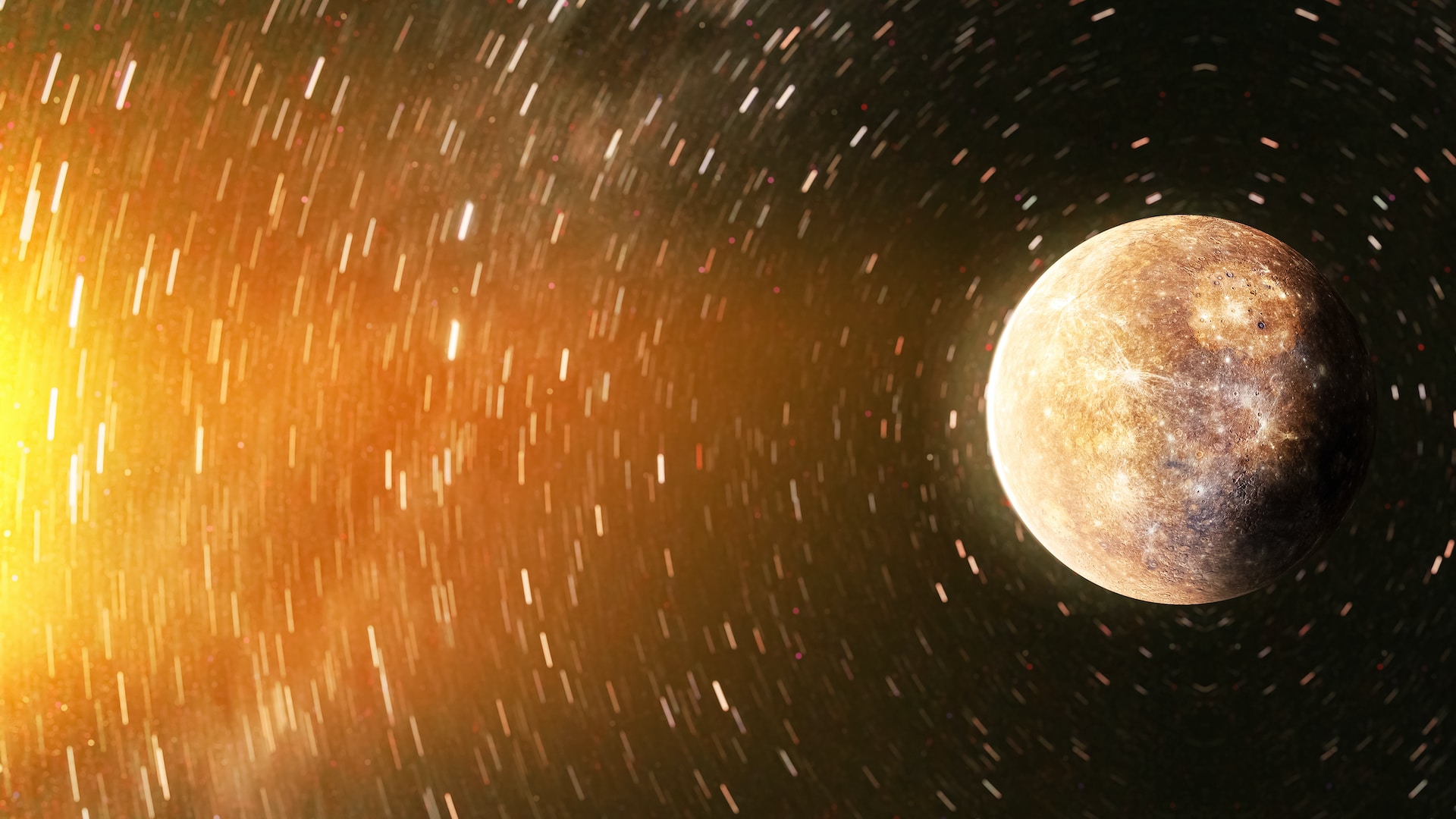The cold and mysterious Oort cloud, located on the border of our Solar System, may be hiding an alien exoplanet. This is evidenced by new research.
In 1906, astronomer and entrepreneur Percival Lowell began searching for “Planet X” – a hypothetical giant planet that orbits the Sun beyond Neptune. Lowell was convinced of the existence of “Planet X” based on some supposed inequalities he observed in the orbits of Neptune and Uranus. His faith finally led to the discovery of Pluto in 1930. Although later scientists found out that the dwarf planet had too little mass to affect the gravity of the orbit of Neptune, not to mention the orbit of Uranus.

Today, the hypothesis of “Planet X” is considered mostly refuted. However, this does not prevent astronomers from continuing to search for planets in remote corners of the Solar System. According to new research, a hypothetical ninth planet may exist at the edges of the Solar System, but much further away than Lowell could have predicted.
An international team of researchers has recently created a model for the unstable celestial mechanics of the early Solar System. They have found that there is a possibility that one or more planet–sized bodies may remain in the Oort Cloud, a huge collection of icy objects stretching from a few hundred billion to several trillion miles from the Sun. A new article describing this research has been published on the arXiv preprint server and has not yet been reviewed.
About 4.5 billion years ago, when the Solar System was just forming, gravity scattered fragments of a protoplanetary dust cloud, which quickly cooled down, like balls on a cosmic billiard table. Sometimes, according to scientists, large fragments — the size of a planet — flew so far away that they avoided the effects of solar gravity.
Scientists have observed so-called “rogue planets” in distant solar systems. According to the researchers, there is about a 0.5% chance that one of these planets could have formed in our own system and ended up in the Oort cloud when it drifted away from the Sun.
But according to the calculations of the team, the gravity of the Sun could catch an alien planet far beyond the orbit of Neptune, and is now located within the Oort cloud. The probability of this is about 7%. And if this is true, then an object like Lowell’s long-awaited “Planet X” may still exist. Although it will be too far away to affect the orbit of Neptune.
However, researchers believe that most likely the Oort cloud consists of much smaller icy objects. But, given the size and distance of the Oort cloud, we will probably never know exactly what is really hidden there.
According to livescience.com
Follow us on Twitter to get the most interesting space news in time
https://twitter.com/ust_magazine

